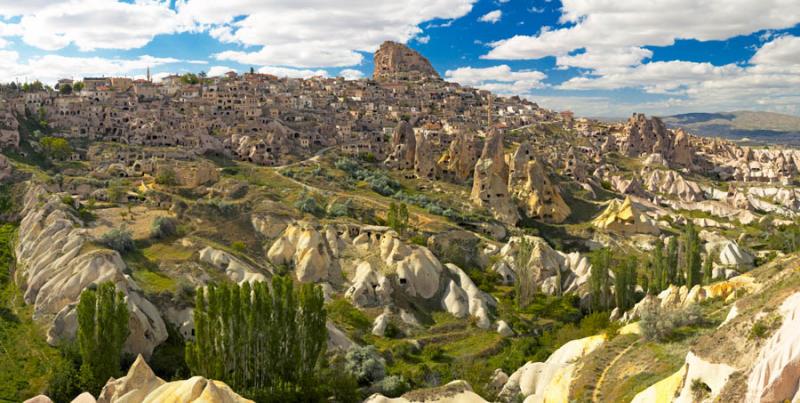[font color=\'#000000\']autopano:
Initially, I just could not get this to work with PTAssembler. I was going to email the author (yes, you can), but rather than bother him, first I checked through the instructions and checked my own version of PTA,..2.3
Then I upgraded PTA (at no cost) to 2.42 and autopano worked beautifully. No more manually selecting control points. The plugin will even find suitable overlapping images in a folder which contains a mixture of images.
Highly recommended.
enblend:
This worked even with the old version of PTA. It works a treat. Suffice it to say (without reentering the pulpit), that it works so well that it negates the need to output finished files as psds in layers with layer masks. No more fiddly fixing of tonal problems in seam areas.
Highly recommended.
Last night it took me just over an hour to stitch six 8bit images to produce a near 'perfect' result. I was able to do other things while this was going on in the background. I was able to check the script box that appears from time to time to see that enblend was generating Gaussian and Laplacian pyramids!! The only limitation and it is a small limitation, is that only 8bit files can be generated. Get your source files right in 16bit mode before you stitch them.
Your mileage may vary, but I do not agree with the notion that these are tools for hobbyists and experimenters,
Another example below, final file size 125MB.

[/font]